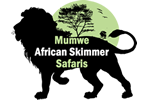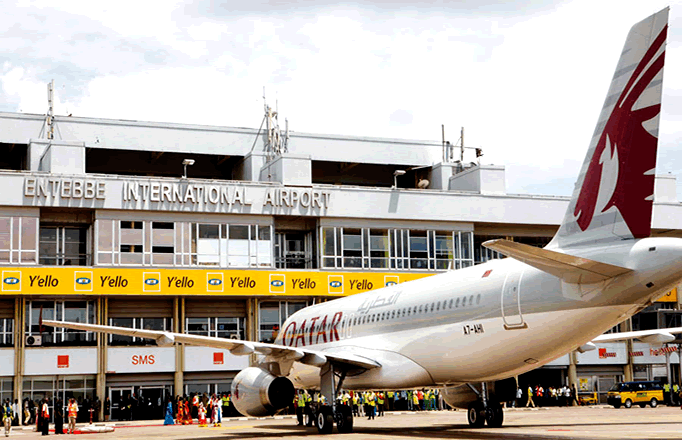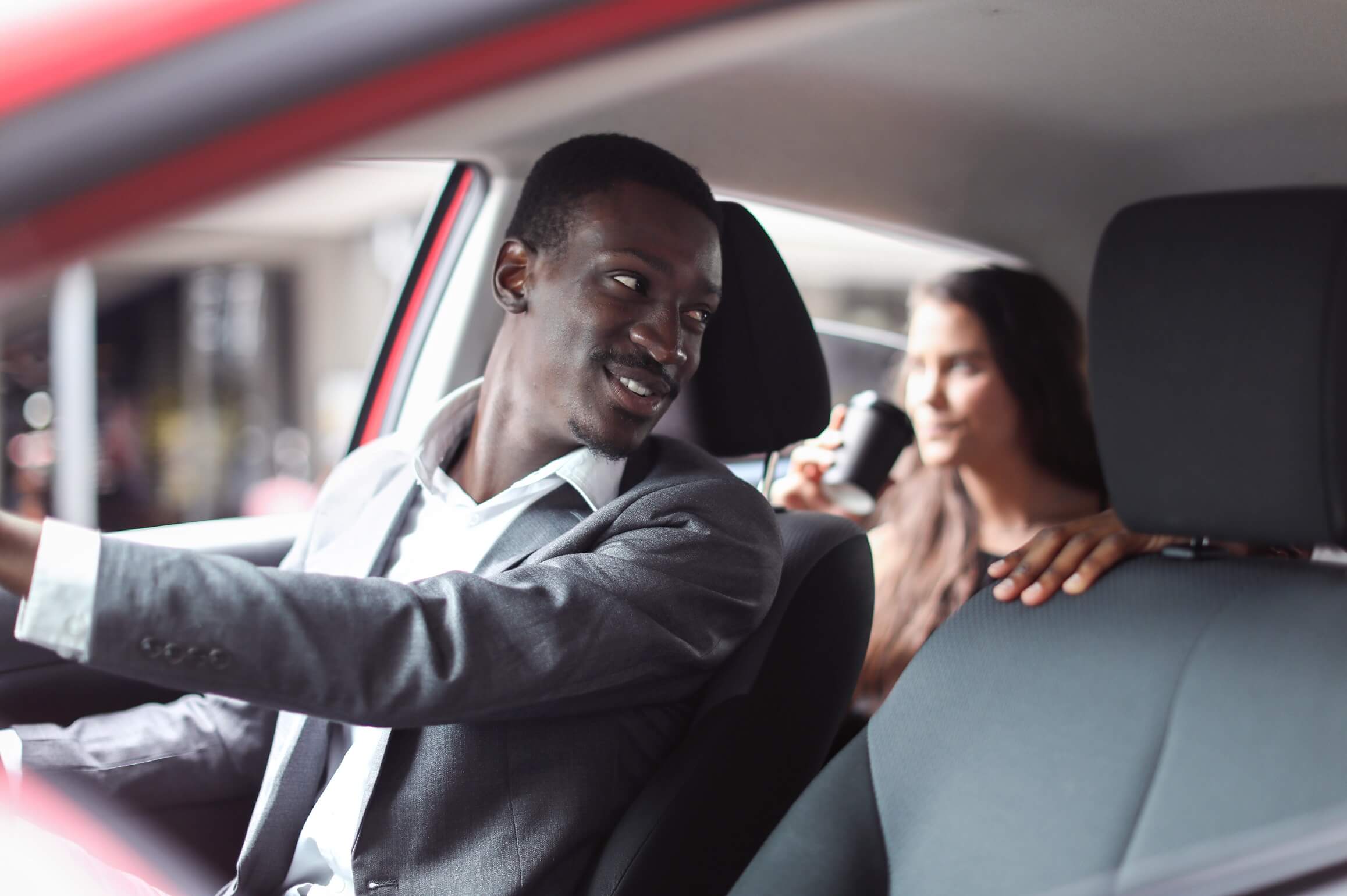
Budget vs. Luxury: Planning A Perfect Uganda Wildlife Safari
You’re planning a Uganda wildlife safari adventure, and the spectrum of options feels overwhelming. On one end, you see backpackers camping under canvas, sharing vehicles with strangers, and eating packed lunches on the savanna. On the other, glossy brochures showcase infinity pools overlooking Bwindi’s misty forests, private guides, and champagne sun-downers. Both groups claim to have incredible experiences. Both see the same gorillas, the same elephants, the same stunning landscapes.
So what’s actually different? More importantly, which approach delivers the wildlife safari in Uganda you’re dreaming about?
The truth is more nuanced than “you get what you pay for.” Understanding what you’re actually trading off between luxury and budget safaris in Uganda helps you invest wisely in elements that matter to you while economizing on aspects that don’t. Let’s break down the real differences, the meaningful trade-offs, and how to find your perfect balance in Uganda’s remarkable wilderness.
The Great Equalizer: Wildlife Doesn’t Discriminate
Before diving into differences, let’s establish the most important truth: the wildlife experiences at the heart of Uganda wildlife safaris are remarkably similar across budget levels. That mountain gorilla family doesn’t perform differently for luxury travelers. The silver-back who sits three meters away, the baby gorilla somersaulting through bamboo, the profound eye contact that leaves you breathless—these moments cost the same $800 permit whether you slept in a tent or a five-star lodge.
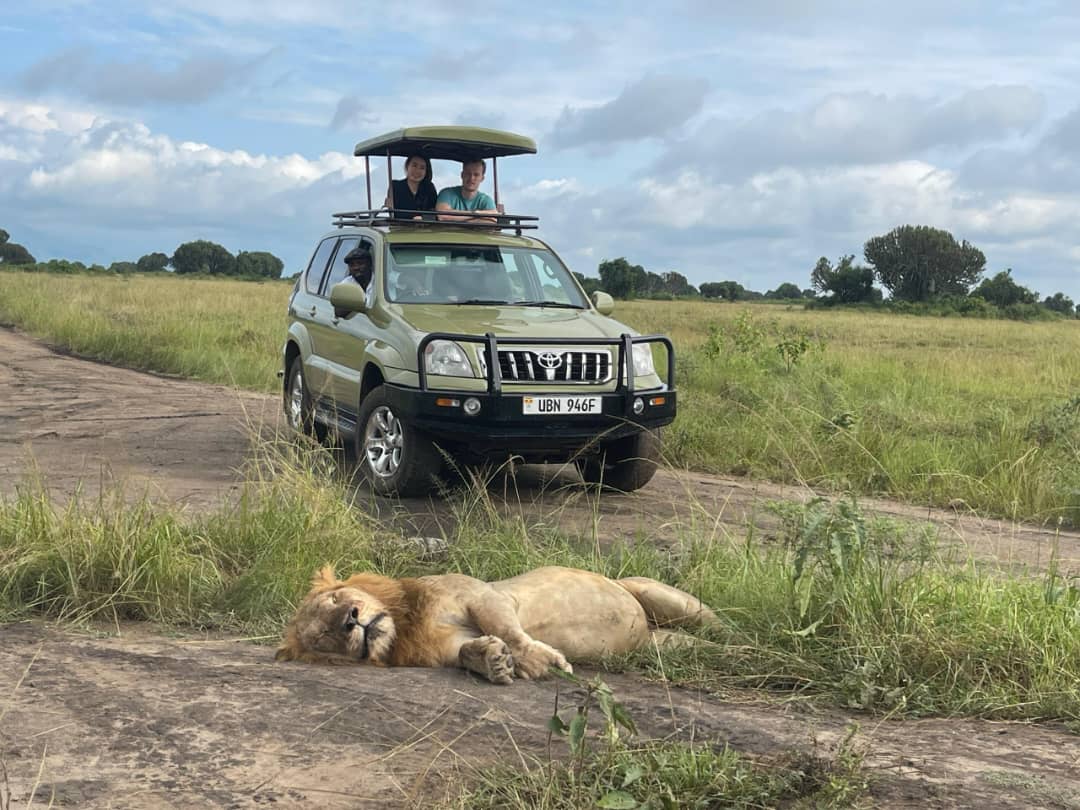
Similarly, lions in Queen Elizabeth National Park, elephants crossing the Nile in Murchison Falls, and chimpanzees swinging through Kibale’s canopy don’t adjust their behavior based on your accommodation budget. The core wildlife encounters—the reason you’re choosing a wildlife safari in Uganda—remain constant.
This equalizing reality is crucial. It means budget travelers aren’t settling for inferior wildlife experiences; they’re making different choices about comfort, convenience, and ancillary experiences surrounding those wildlife encounters. Understanding this distinction prevents misplaced priorities and regretful spending.
Accommodation: Where Differences Are Most Visible
Budget Approach: $10-50 Per Person Per Night
Budget accommodations near Uganda’s parks range from basic camping to simple bandas (thatched huts) and guesthouses. You’ll typically find:
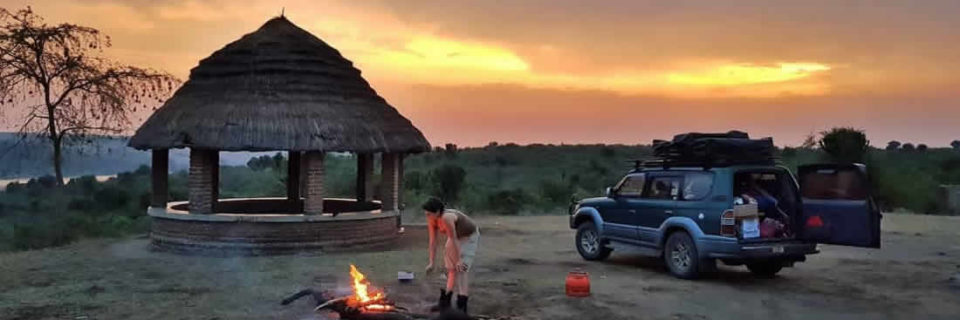
Physical Reality: Simple rooms or tents with basic beds, mosquito nets, shared or simple private bathrooms, limited electricity (often solar-powered with evening-only availability), basic furnishings, and minimal decoration.
Location: Often outside park boundaries to reduce costs, though many budget options still offer beautiful settings with mountain or lake views.
Food: Hearty, simple meals—typically buffet-style with limited choices. Think ugali (maize porridge), rice, beans, stewed vegetables, and chicken or beef. Filling and generally tasty, but not gourmet.
Amenities: Don’t expect swimming pools, bars, or lounges. Common areas might include a simple restaurant/dining area and perhaps a campfire space.
Service: Friendly and adequate, but minimal. Staff handle basics well but won’t anticipate your needs or provide personalized attention.
What You’re Trading: Comfort, aesthetics, and post-safari relaxation amenities. After eight hours of gorilla trekking, you’re returning to a basic bed and simple shower rather than a luxurious retreat.
Mid-Range Approach: $150-300 Per Person Per Night
This sweet spot offers surprising comfort and quality without luxury price tags:

Physical Reality: Comfortable rooms or well-appointed safari tents with proper beds and linens, private bathrooms with hot water, reliable electricity, attractive decor incorporating local materials and artistic touches.
Location: Often within or immediately adjacent to parks with excellent views. Many mid-range lodges occupy stunning positions—clifftops overlooking forests, riverside settings with wildlife viewing from your veranda.
Food: Good quality, varied menus with three-course dinners, breakfast buffets, and packed lunches. Food is well-prepared, often incorporating local ingredients creatively. Special dietary needs are accommodated.
Amenities: Swimming pools, comfortable lounges with books and games, bars, viewing platforms, sometimes nature trails on the property.
Service: Attentive and warm. Staff remember your name, preferences, and provide genuine hospitality. Guides are knowledgeable and passionate.
What You’re Getting: Legitimate comfort, beautiful settings, good food, and proper relaxation between activities. This level represents excellent value—you’re not sacrificing much compared to luxury while paying significantly less.
Luxury Approach: $400-1,000+ Per Person Per Night
Top-end Uganda lodges compete globally and deliver exceptional experiences:
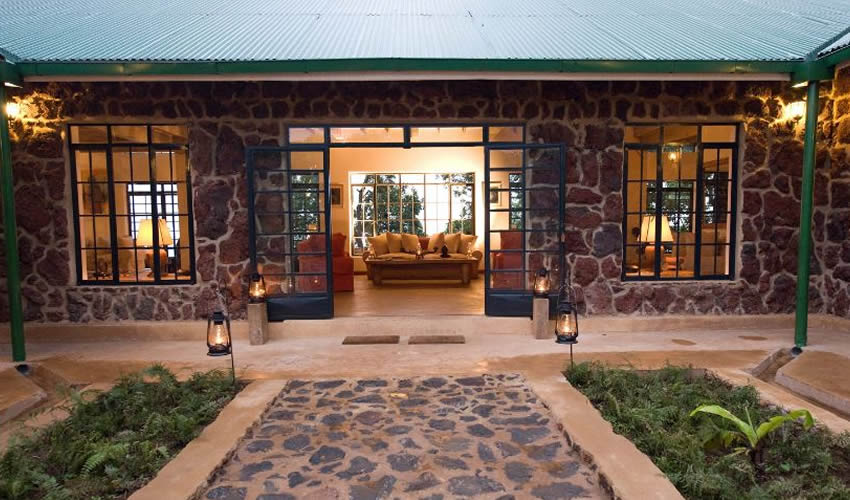
Physical Reality: Spacious suites or private cottages with premium furnishings, rainfall showers and soaking tubs, private decks, high-end linens and toiletries, tasteful art and design, often with stunning architectural elements that blur indoor-outdoor boundaries.
Location: Prime positions with extraordinary views. Luxury lodges secure the best spots—directly overlooking habituated gorilla territories, perched on dramatic cliffs, positioned along wildlife corridors.
Food: Gourmet cuisine rivaling fine restaurants. Creative menus showcasing local ingredients prepared with sophisticated techniques. Wine pairings, fresh-baked pastries, customized meals accommodating any preference. Some lodges grow their own herbs and vegetables.
Amenities: Infinity pools with million-dollar views, full-service spas offering massages and treatments, extensive wine cellars, photography hides, exclusive-use areas, sometimes private game vehicles.
Service: Anticipatory and personalized. Staff remember how you take your coffee, prepare favorite drinks without asking, arrange surprise celebrations, and handle every detail seamlessly. Many luxury lodges assign personal butlers.
What You’re Getting: An experience where accommodation becomes a destination rather than just a place to sleep. Post-trek massages, sunset cocktails from your private deck, gourmet meals that are memorable events themselves, and service that makes you feel genuinely cared for.
Transportation and Guiding: The Hidden Differentiators
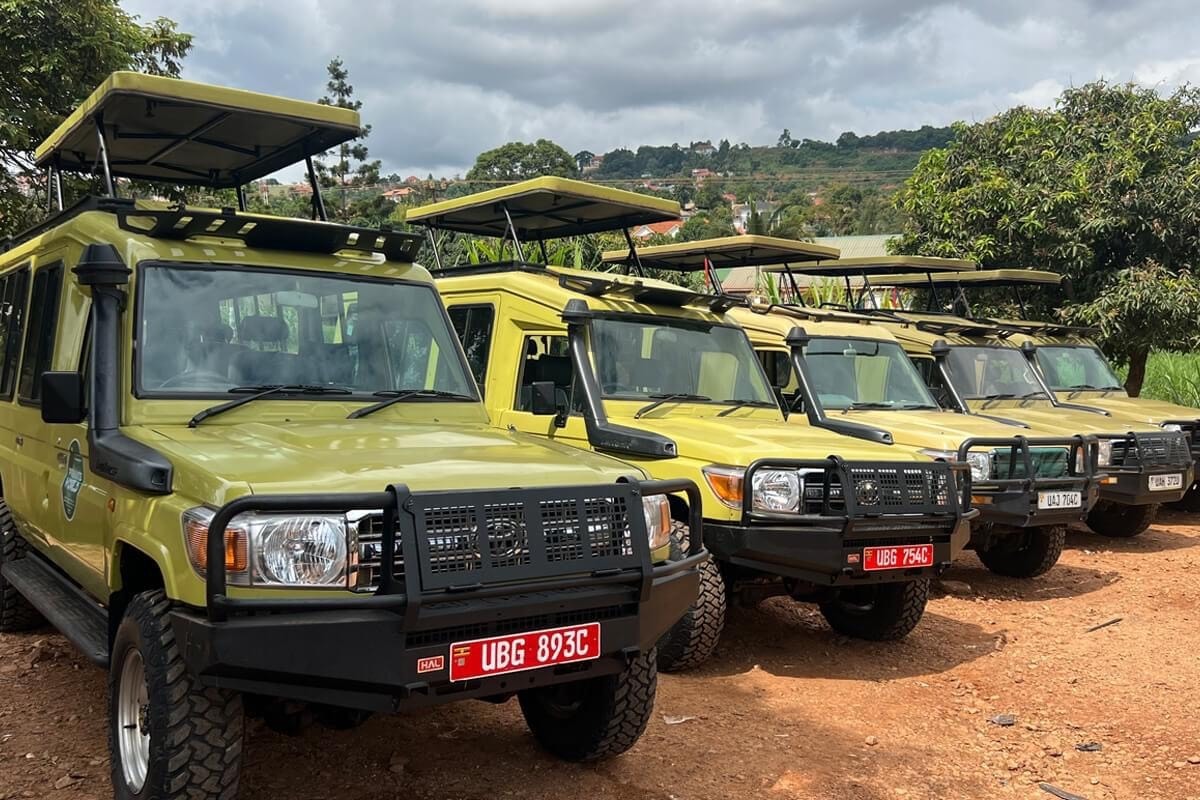
Budget Approach
Vehicles: Older 4WD safari vehicles or minibuses, often with limited window space for viewing and photography. Pop-up roofs in many budget safari vehicles, but potentially worn interiors and less reliable mechanics.
Group Dynamics: Typically sharing vehicles with 4-7 other travelers. Your itinerary accommodates the group’s needs, not individual preferences. Early mornings happen because the group agrees, not because you’re a morning person.
Guides: Competent and knowledgeable about basics, but possibly less experienced. They know animals and birds but might miss subtler behaviors or struggle with specialized questions. English proficiency varies. Guide attention is divided among multiple guests with different interests.
Flexibility: Limited. The schedule is the schedule. If your gorilla trek ends early, you’re still following the predetermined itinerary. If you want longer at a particular sighting, group consensus rules.
What You’re Trading: Control over your experience, depth of interpretation, vehicle comfort, and photographic opportunities.
Mid-Range Approach
Vehicles: Well-maintained 4WD Land Cruisers or similar with good viewing windows, pop-up roofs for photography and game viewing, comfortable seating, charging ports, and small group sizes (often 4-6 maximum per vehicle).
Group Dynamics: Smaller groups with more cohesive interests. Some mid-range operators offer private vehicles for couples or families at modest premiums.
Guides: Experienced, passionate professionals who genuinely love their work. Strong wildlife knowledge, good English, engaging storytelling abilities. They read animal behavior well and position vehicles effectively for viewing and photography.
Flexibility: Moderate. While following general itineraries, good mid-range guides accommodate reasonable requests—staying longer at productive sightings, adjusting start times slightly, incorporating spontaneous opportunities.
What You’re Getting: Comfortable vehicles, knowledgeable guiding that enhances experiences substantially, and reasonable flexibility within structured itineraries.
Luxury Approach
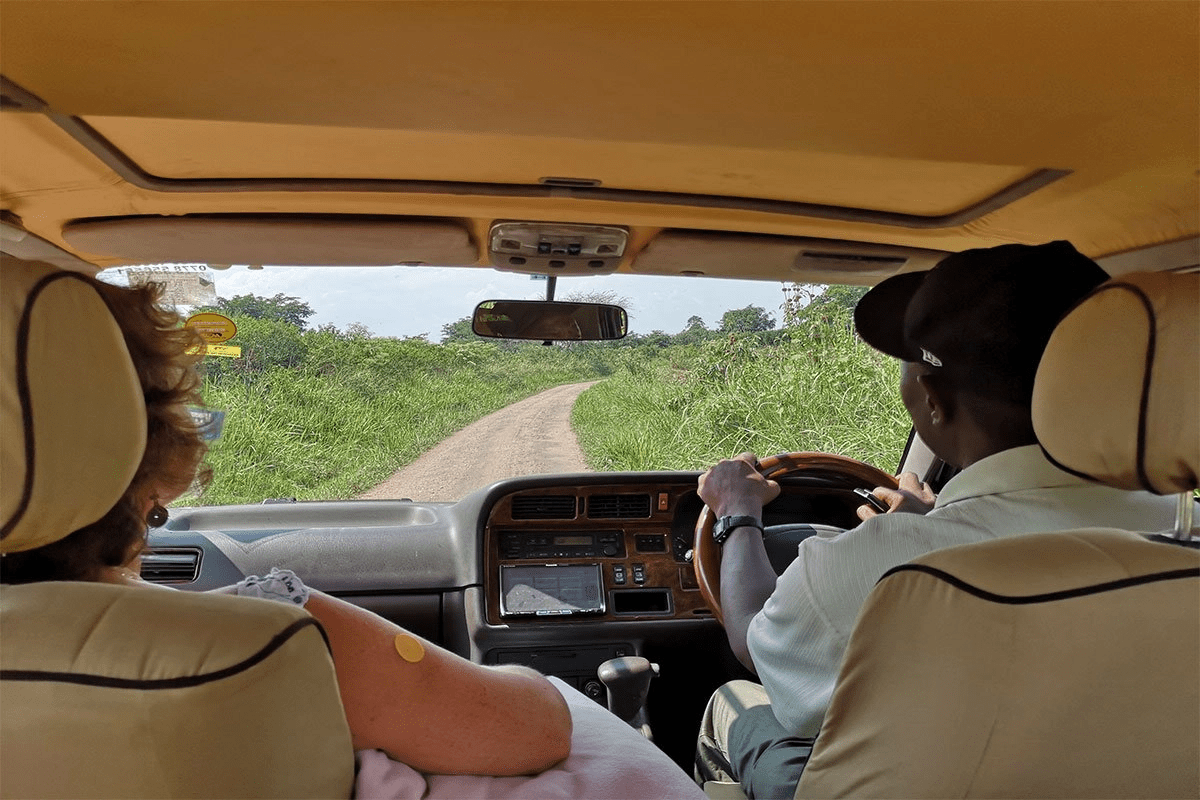
Vehicles: Premium 4WD vehicles (often newer Land Cruisers) with maximum two or three guests per row, excellent window space, professional photography equipment (bean bags, mounts), refrigeration for drinks, premium binoculars provided, and exceptional mechanical reliability.
Group Dynamics: Private vehicles are standard. Your itinerary, your pace, your interests drive every decision.
Guides: Senior guides with years or decades of experience, often with specialized certifications in birding, tracking, or naturalist training. Many speak multiple languages fluently. They anticipate wildlife movements, know individual animals, and enrich every moment with deep ecological and behavioral insights. Some luxury properties offer specialist guides for photography, birding, or specific interests.
Flexibility: Complete. Want to spend an extra hour with that leopard? Done. Interested in departing earlier to catch morning light? No problem. Exhausted and want to skip afternoon activities? Your choice entirely.
What You’re Getting: Vehicles as mobile wildlife viewing platforms optimized for your comfort and photography. Guides who transform good sightings into profound experiences through their expertise. Complete control over your safari experience.
Activities and Experiences Beyond Game Drives
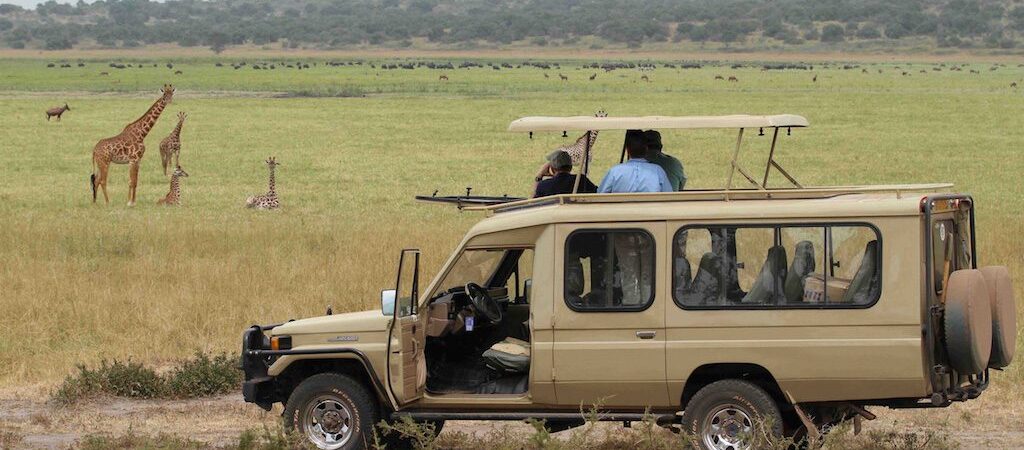
Budget Approach
Core Activities: Standard game drives, basic boat safaris, gorilla and chimp trekking with park ranger groups. You’re doing the same activities as luxury travelers but with less flexibility and potentially larger groups.
Cultural Encounters: Brief, surface-level cultural visits. You might visit a community or cultural center but with limited time and depth.
Special Experiences: Generally unavailable. Night game drives, walking safaris, behind-the-scenes conservation experiences, and exclusive access opportunities aren’t typically included.
Photography: Limited support. Your guide knows wildlife but may not understand photography needs like positioning, lighting, or timing. You compete with other guests for window space.
Mid-Range Approach
Core Activities: Comprehensive activity packages including game drives, boat safaris, nature walks, and primate trekking. Well-timed to maximize wildlife viewing.
Cultural Encounters: More meaningful interactions with communities. Time to learn about traditions, ask questions, and understand context rather than rushing through.
Special Experiences: Some lodges offer night drives, guided forest walks, bird watching walks with specialist guides, or visits to conservation projects.
Photography: Guides understand basic photography needs and help position vehicles reasonably. Window space is less competitive with smaller groups.
Luxury Approach
Core Activities: Premium versions of standard activities—private boat charters rather than shared safaris, extended game drives without time pressure, gorilla habituation experiences rather than standard trekking.
Cultural Encounters: Deeply immersive experiences designed in collaboration with communities. Private visits, extended time with artisans or cultural leaders, and genuine cultural exchange rather than performative tourism.
Special Experiences: Extensive. Hot air balloon safaris, helicopter flights over Murchison Falls, private dining in the bush, night game drives with spotlight wildlife viewing, walking safaris with armed rangers, behind-the-scenes conservation work, and photographic safaris designed around optimal conditions.
Photography: Full support. Guides position vehicles specifically for photographic opportunities, understand lighting and composition, help anticipate animal behavior, and provide time and space for serious photography. Some luxury lodges offer professional photography guidance.
The Schedule: Pace and Flexibility
Budget Approach
Packed itineraries maximize value by covering maximum activities in minimum time. Early starts, late finishes, and quick transitions between activities. Little downtime means fatigue accumulates, but you see a lot in limited time.
Schedules are fixed to accommodate logistics, group dynamics, and cost efficiency. Spontaneity is limited by predetermined arrangements.
Mid-Range Approach
Balanced pacing with reasonable downtime. Mornings and evenings focus on activities while midday allows rest, swimming, or optional pursuits. You don’t feel rushed but aren’t wasting valuable safari time either.
Some flexibility exists for reasonable adjustments, though major changes are difficult.
Luxury Approach
Completely personalized pacing. Want to spend entire days in the park with picnic lunches? Possible. Prefer shorter morning activities followed by spa afternoons? Arranged. Need downtime to process emotional gorilla encounters? Built into your schedule.
Complete spontaneity allows you to extend spectacular sightings, skip activities that don’t interest you, or completely redesign days based on opportunities, weather, or energy levels.
The Intangibles: What’s Harder to Quantify
Budget Safari Intangibles
Adventure Factor: There’s something authentically adventurous about budget safaris. Basic accommodations, shared experiences with fellow travelers, and the slightly unpredictable nature create genuine adventure stories.
Social Connections: Group travel facilitates friendships. Many budget safari travelers form lasting connections with fellow travelers who share their adventure spirit.
Authenticity: Budget travel often feels less insulated from local realities. You interact more directly with communities, experience local transportation, and see Uganda beyond tourism bubbles.
Accomplishment: Successfully navigating a budget safari in Africa creates genuine satisfaction and stories of resilience.
Luxury Safari Intangibles
Peace of Mind: Everything simply works. Vehicles don’t break down, accommodations exceed expectations, meals are consistently excellent, and logistics happen invisibly. Mental energy saved from not managing details goes toward experiencing and enjoying.
Transformation: Luxury safaris’ slower pace and comfort allow deeper processing of profound wildlife encounters. Post-trek massages, contemplative time on private decks, and space for reflection facilitate emotional and spiritual responses.
Romance: For couples, luxury creates space for connection. Private vehicles, intimate dinners, and beautiful surroundings enhance romantic experiences.
Personalization: Every detail reflects your preferences. Meals accommodate tastes, guides adapt to interests, and your safari genuinely becomes your story rather than a standardized tour.
The Honest Truth About Trade-offs
Here’s what matters: comfort and convenience versus cost. That’s fundamentally the trade-off when planning Uganda wildlife safaris. You’re not choosing between good and bad wildlife experiences—you’re choosing how much comfort, convenience, control, and ancillary luxury you want surrounding identical core wildlife encounters.
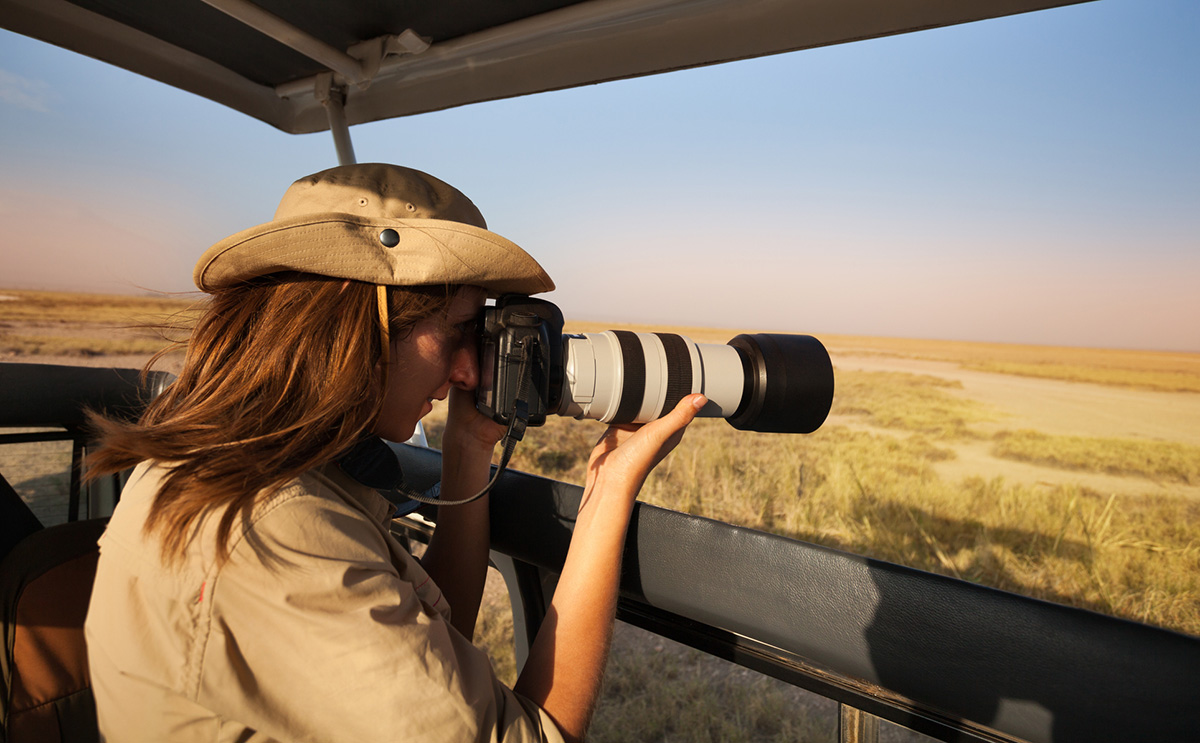
Budget safaris require accepting discomfort, limited control, and basic amenities in exchange for affordability. You’ll see incredible wildlife, experience profound moments, and create lasting memories while camping and eating simple food.
Luxury safaris provide exceptional comfort, complete control, gourmet experiences, and seamless logistics in exchange for significant financial investment. You’ll see the same incredible wildlife but process those experiences from infinity pools and private decks.
Most travelers find their sweet spot in the mid-range, where comfort is genuine, food is good, guiding is excellent, and wildlife experiences are comprehensive—all without requiring luxury budgets.
Finding Your Perfect Balance: Questions to Ask Yourself
How important is comfort to your enjoyment? If basic accommodations and simple meals genuinely don’t bother you, budget safaris offer remarkable value. If creature comforts significantly impact your mood and energy, invest in better accommodations.
Are you comfortable with group dynamics? Some people energize around diverse travelers and enjoy shared experiences. Others find group compromises frustrating and value privacy highly.
How does physical comfort affect your experience? After exhausting eight-hour gorilla treks, some travelers need only a bed. Others require hot baths, comfortable lounges, and excellent meals to feel rejuvenated.
What matters beyond wildlife viewing? If seeing gorillas and wildlife is your singular focus and everything else is incidental, budget approaches make sense. If you value the complete journey—meals, accommodations, cultural encounters, relaxation—as much as wildlife, invest accordingly.
How important is photography? Serious photographers benefit enormously from private vehicles, experienced guides who understand photography, and flexibility to stay with subjects. Casual photographers capture great moments regardless of budget level.
Do you want control or simplicity? Budget group tours offer wonderful simplicity—show up, everything’s arranged, follow the program. Private luxury tours provide complete control but require more decision-making.
The Hybrid Approach: Smart Mixing
The wisest travelers planning a wildlife safari in Uganda often mix approaches strategically:
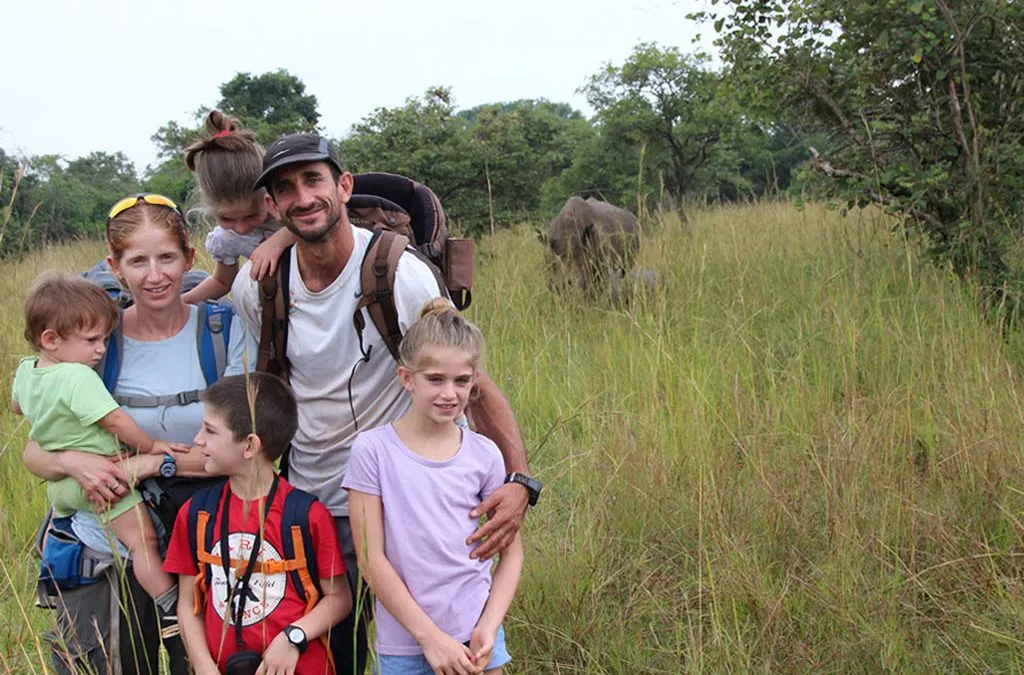
Splurge Where It Matters: Book luxury accommodation near Bwindi where you’ll be exhausted after gorilla trekking and truly appreciate comfort. Economize at mid-range or budget options near savannah parks where you’re primarily spending time in vehicles anyway.
Prioritize Guides Over Accommodations: A knowledgeable, passionate guide transforms every moment while accommodation mainly matters during downtime. If choosing between better guiding or fancier lodges, choose the guide.
Mix Activities: Do standard gorilla trekking (same experience as habituation for most people) and invest savings in additional parks, longer stays, or better accommodations.
Strategic Luxury: Book one or two nights at a luxury property as bookends or highlights, with mid-range accommodations filling the middle of your itinerary.
The Final Consideration: Value Versus Cost
Budget safaris aren’t automatically better value despite lower costs. If discomfort diminishes your enjoyment significantly, spending less might mean experiencing less emotionally and spiritually, even while seeing identical wildlife.
Conversely, luxury safaris aren’t better simply because they cost more. If you’re equally happy in simple bandas as luxury lodges, paying premiums for amenities you don’t value wastes resources.
True value means aligning spending with personal priorities. The perfect wildlife safari in Uganda isn’t the cheapest or most expensive—it’s the one that delivers experiences you value most while minimizing spending on elements that don’t enhance your specific enjoyment.
Your Perfect Safari Awaits
Uganda’s remarkable adaptability to different budget levels and travel styles means your perfect safari exists regardless of your budget. Budget travelers see the same gorillas, track the same chimps, and witness the same stunning landscapes as luxury travelers. They simply experience them with different levels of comfort, control, and ancillary amenities.
The question isn’t whether budget or luxury is objectively better—it’s which approach aligns with your values, priorities, and resources. Answer honestly, spend strategically, and prepare for experiences that transcend accommodation categories.
Those mountain gorillas don’t care where you sleep tonight. They’ll transform your understanding of wildlife, family, and humanity regardless of your budget. Choose the surrounding experience that lets you show up fully, be present completely, and return home changed—whether that means camping under stars or soaking in infinity pools.
Both paths lead to magic. Your Uganda wildlife safari awaits—pick the path that’s right for you. Contact us today to create an itinerary based on your interests and budget, email to info@ugandasafaribookings.com or call us now on +256-700135510 to speak with reservations team.
